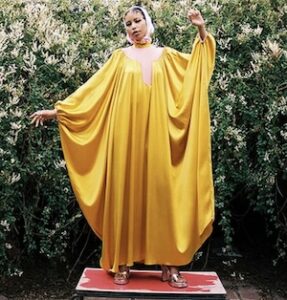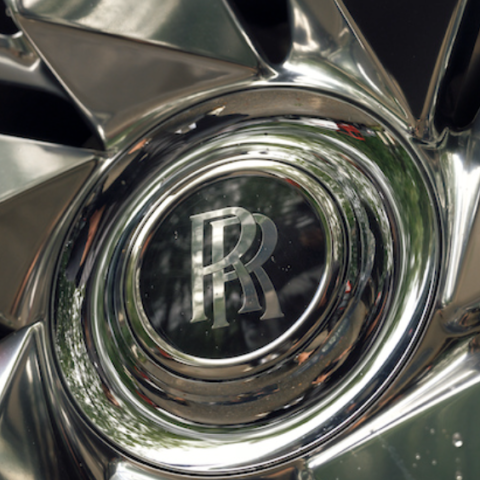Perception Art
By Alliya Sophia Bouyis
When our eyes process an image, our brain works to make sense of it but what happens when what we are seeing is directly challenging what our brain can comprehend? Optic Art does exactly this. It confuses, disorientates and alters the way our brain makes sense of images.
Perception Art puts the spotlight on how modern artists play with the idea of perception by creating illusions in our mind, and questioning our brains and vessels of sight as we process the visuals we take in.
It is often this type of art that incorporates aspects resembling the mundanity of everyday life, and puts them under artificial contexts. In some ways, you could call it the modern-day take on Surrealism, and in others, it’s a homage to the fascinating distortions of Optic Art.
Victor Vasarely, the founder of the Optic Art movement, explored optical and geometric effects to create the illusion of motion, even when the subject is completely static. He was a trailblazer to what essentially helped launch the psychedelic mood of the 60’s.

Sourced: https://en.wikipedia.org/w/index.php?curid=59724744
Vasarely took inspiration from the widely known M.C Escher who helped define the ‘Op Art’ movement with his mathematical and unusual eye for detail within his work. The precision he exhibited is what pushed the value of art to the idea of perception.

Davide Balliano, Italian contemporary artist, uses minimalist black and white geometric prints to play with perception, producing calculated optical effects.

As you look deeper and deeper into his work, you get lost in the eternity and repetition of the visual experience it offers. Balliano’s artificial patterns tell a visual story through the motifs of each optical illusion. He uses the colour white in such a way that composes space, and black to secure a presence with each piece. His take on perception rejects the notion of abstract and opts for a more cohesive configuration of images.
Alternatively, visual artist and photographer, Aaron Ricketts experiments with human perception. His work has forged his own dimension of modern surrealism by shifting the recognisable observations we have as humans, and taking it to artificial and obscure places that evokes so much more every time you look at it.
His art in his personal collection speaks to his unique take on perception. It manages to swipe our attention and confuse us simultaneously. Ricketts departs each image by leaving the lines between reality and fantasy hazy, gifting us with a striking illusion that challenges our senses.
A progressive art that pays homage to its origins of surrealism. By putting the two together, what we know and what doesn’t quite feel right, we tread into his fascinating interpretation on what modern abstract territory is.
How artists use their art to play with our minds is constantly evolving and becoming increasingly exciting. The boundaries are being broken, and the enigmatic is taking centre stage in a new age of modern art. The concept of perception when put under artificial contexts has never been more esoteric.
If you adored Perception Art, then you must read Et Tu, Brute?
Discover more about Davide Balliano’s recent exhibition here. More insight into Aaron Rickett’s art is available here. You uncover more about M.C Escher here and delve into the history behind Victor Vasarely’s Optic Art here.





